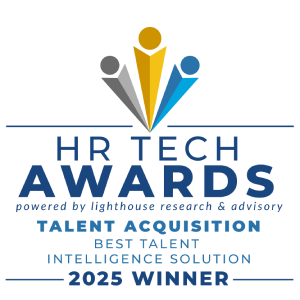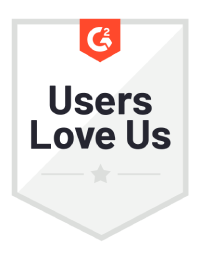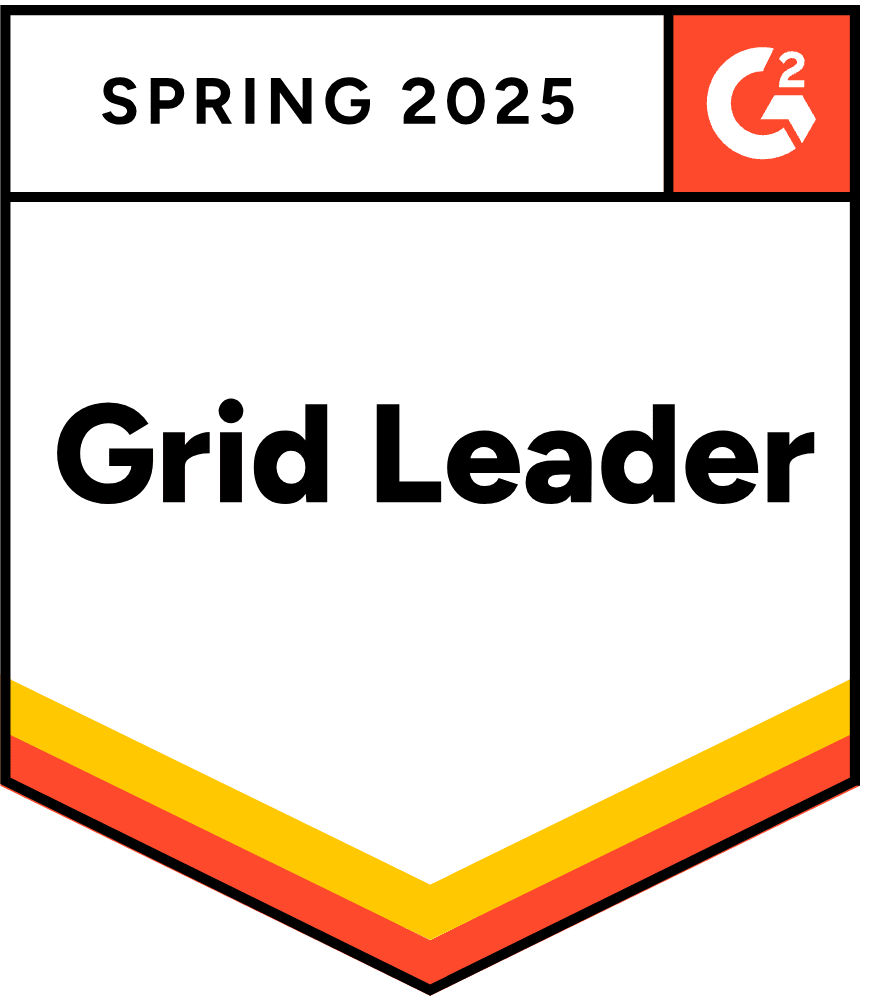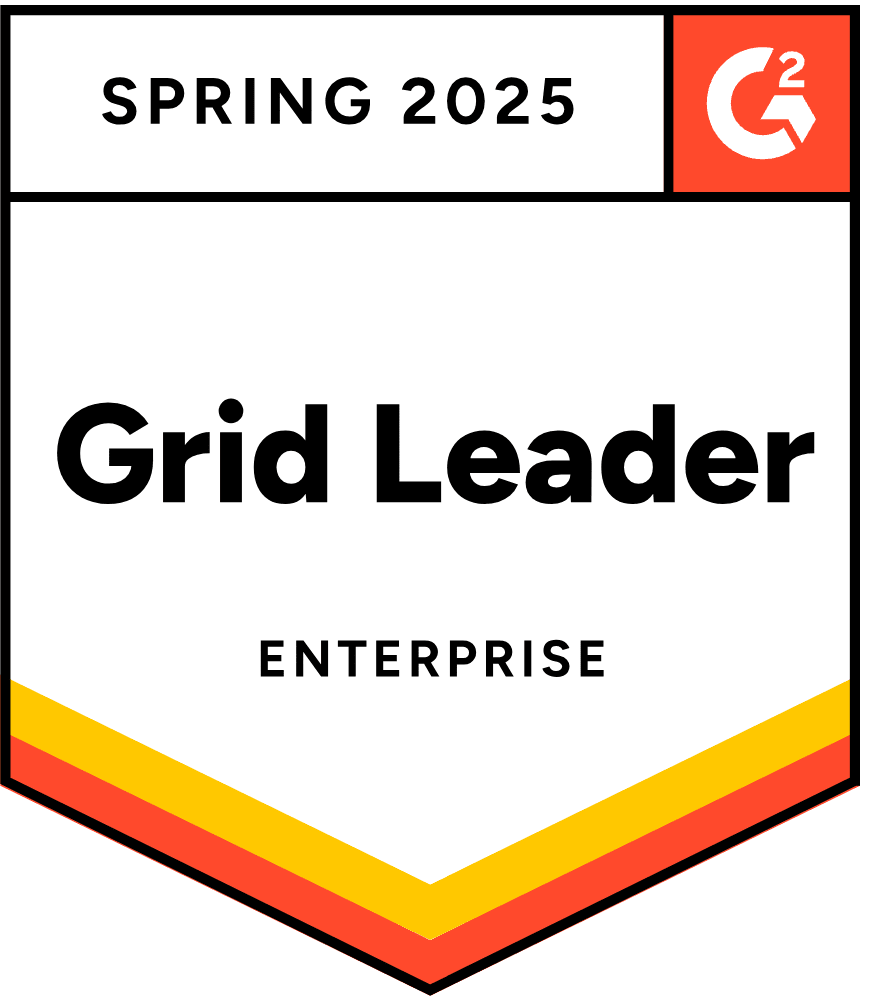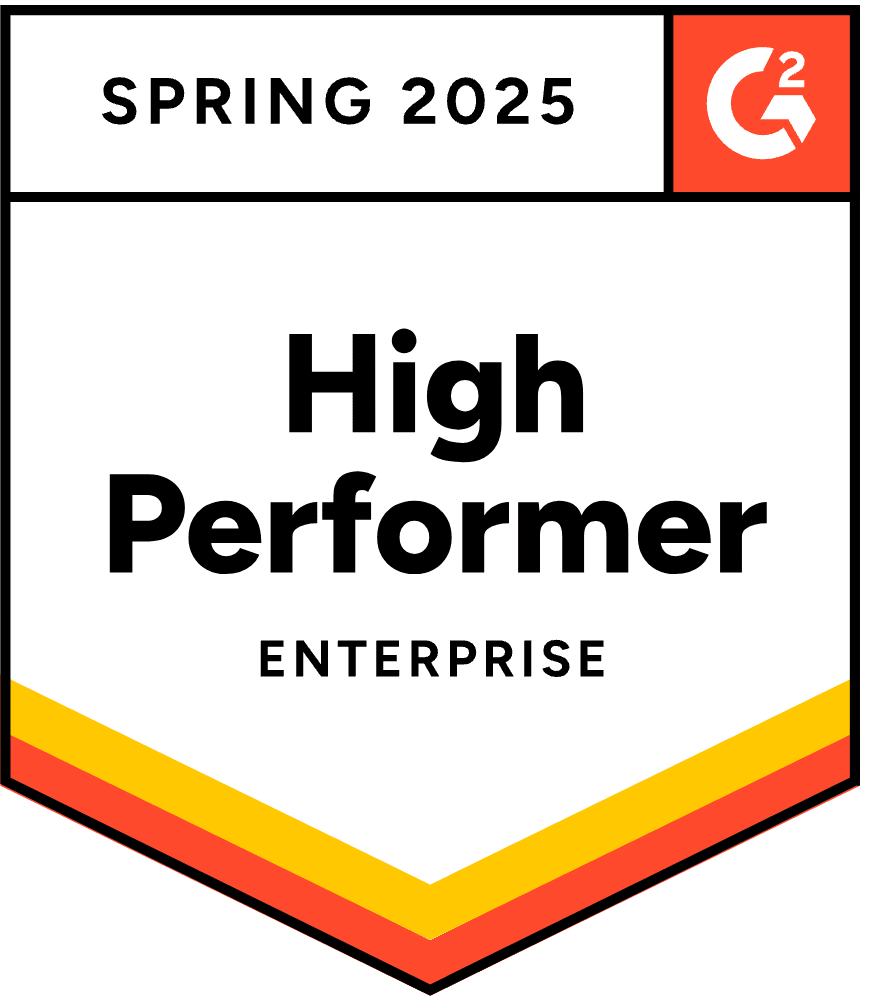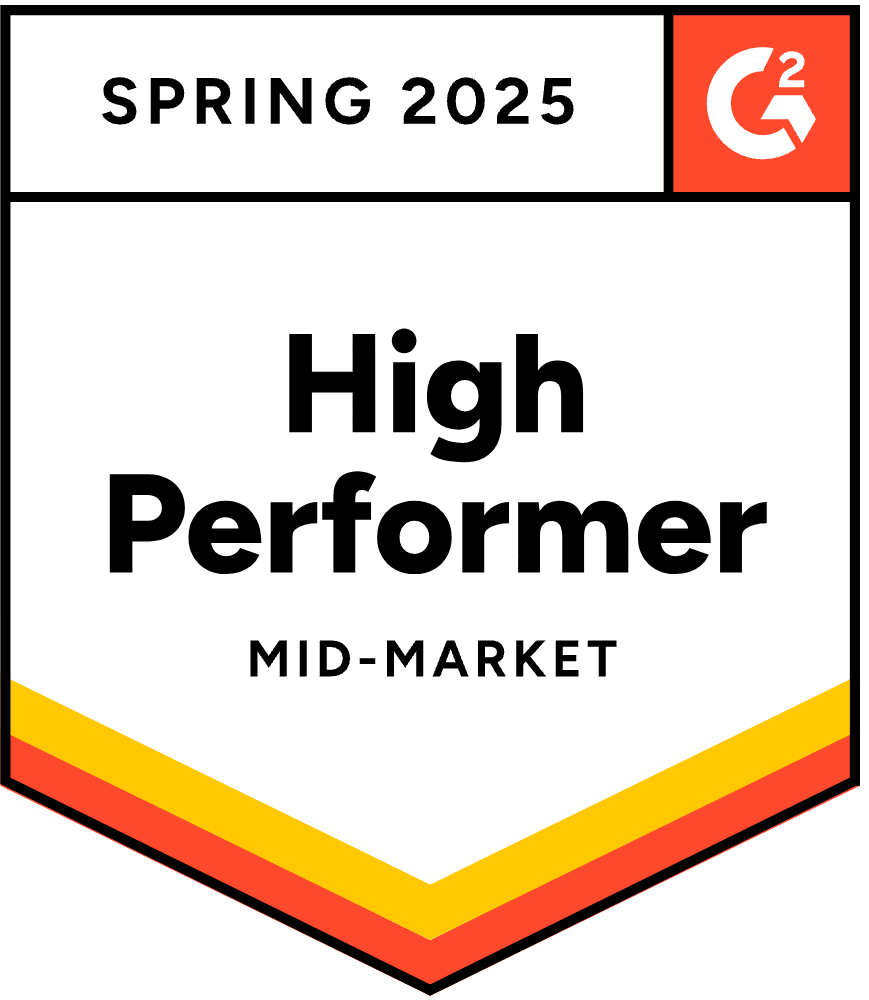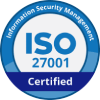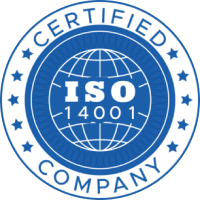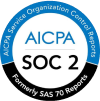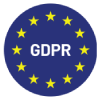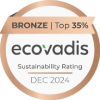Introduction
Speed. Quality. ROI. In 2025, TA leaders are juggling it all – with less room for error and more eyes on every metric. For many global organizations, SAP SuccessFactors Recruiting is the backbone of that effort, offering tools to streamline hiring, improve candidate engagement, and integrate seamlessly with broader HR processes.
While the platform is powerful, getting the most out of it takes more than just implementation. It takes a clear understanding of how to align SAP’s capabilities with your strategy and where to extend its value with the right partners and integrations.
This guide is built for TA teams who want to make SAP recruiting work harder and smarter. Whether you’re scaling globally or refining internal mobility, we’ll break down what the platform can do and how to elevate every part of the hiring journey.
What Is SAP Recruiting?
SAP recruiting refers to the recruiting capabilities within SAP SuccessFactors, a cloud-based human capital management suite designed to support every stage of the employee lifecycle. Specifically, it includes two tightly connected modules: Recruiting management and recruiting marketing.
Recruiting management handles the core mechanics of hiring – from creating job requisitions and managing approvals to tracking applicants and coordinating interviews. It’s where recruiters and hiring managers collaborate to move candidates through the funnel efficiently and compliantly.
Recruiting marketing, on the other hand, focuses on candidate attraction. It helps employers build branded career sites, launch targeted campaigns, and use real-time analytics to understand candidate behavior – all while providing a seamless, mobile-optimized experience. Built on Career Site Builder (CSB), this module is designed to improve visibility and engagement at the top of the funnel.
Together, these tools sit within the broader SAP SuccessFactors Human Experience Management (HXM) Suite, which also includes modules for onboarding, performance, learning, and workforce planning. This integration allows organizations to create a connected, insight-driven hiring experience, one that extends beyond recruiting and into long-term employee growth.
SAP Recruiting is built with enterprise-scale hiring in mind. It’s typically adopted by large, global organizations that need support for multiple languages, complex approval chains, local compliance requirements, and high volumes of applications across regions. Industries like manufacturing, energy, healthcare, and financial services, where SAP is already the system of record, often rely on SuccessFactors to unify HR and talent operations.
For companies already invested in SAP, the value of using SuccessFactors Recruiting lies in its configurability, global readiness, and native alignment with HR processes.
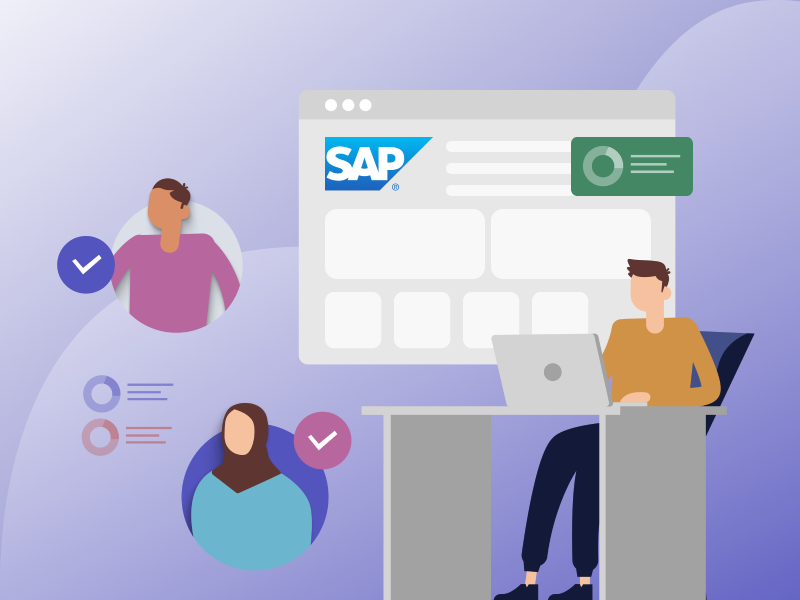
Core Features of SAP Recruiting
SAP SuccessFactors Recruiting is designed for enterprises, delivering structure, scalability, and flexibility. With capabilities from job requisitions through analytics, the platform empowers global TA teams to manage high-volume hiring, support compliance, and deliver consistent candidate experiences.
Below is a breakdown of SAP’s core recruiting capabilities.
1. Job requisition management
SAP’s recruiting management module offers a configurable, standardized process for creating requisitions – using templates, custom fields, and approval routing based on role or business unit. When integrated with Employee Central Position Management, requisitions can be launched directly from position org charts, aligning hiring with headcount planning for seamless workforce forecasting and fewer manual touchpoints.
2. Candidate relationship management (CRM)
Within the recruiting marketing module, SAP enables creation and nurturing of talent pipelines through landing pages, email campaigns, and talent communities. These tools help keep passive candidates engaged until opening matches arise.
3. Career Site Builder (CSB)
Career Site Builder empowers TA teams to build branded, responsive, and multilingual career sites. With configurable branding, SEO optimization, and dynamic job widgets, CSB enhances discoverability and candidate engagement – served via a non-technical user interface. Support for 46 languages and accessibility standards ensures global readiness and inclusivity.
4. Global job distribution
SAP SuccessFactors Recruiting supports posting jobs across internal portals and external sites, with configurable visibility, expiration rules, and multi-lingual settings. For programmatic distribution, where job ad spend is dynamically optimized – you can integrate with recruitment marketing platforms, extending distribution while retaining SAP as the system of record.
5. Candidate screening & interview coordination
Recruiters can streamline early-stage screening via resume parsing, knock-out questions, and filtering. Interview collaboration is made easier through evaluation templates, structured feedback workflows, and calendar integration for scheduling internal interviews.
6. Offer management & approvals
SAP SuccessFactors Recruiting enables regionally configurable offer letter templates, automated routing for approvals, and version tracking. Integrated with SAP onboarding, accepted offers can trigger downstream compliance workflows – seamlessly transitioning candidates into new hires.
7. Reporting & talent analytics
SAP SuccessFactors Recruiting provides standard operational dashboards for tracking metrics like time-to-fill, candidate drop-offs, and source performance. For deeper insights, advanced analytics integrates via OData, syncing daily to support visualizations across candidate pipelines, recruiter productivity, and DEI metrics.
8. Localization, compliance, & accessibility
Designed for global teams, SAP supports localization across languages, currencies, and legal frameworks – including GDPR compliance and equal opportunity tracking. Career sites and applicant workflows align with accessibility standards and support regional customization.
Together, these capabilities position SAP SuccessFactors Recruiting as a robust enterprise-ready solution – helping organizations scale hiring globally, maintain compliance, and deliver branded candidate experiences. Organizations looking to extend programmatic advertising, unified analytics, or DEI-focused personalization may layer on tools which complement SAP’s foundation with targeted optimization and additional insight.
How to Build a Modern Recruiting Strategy with SAP Recruiting
SAP SuccessFactors Recruiting offers a powerful foundation to help teams move fast, hire thoughtfully, and align with evolving business needs. The platform shines when its features are activated strategically to match workforce planning, global objectives, and candidate expectations.
Here’s a step-by-step approach to building your SAP recruiting strategy.
Step 1: Align recruiting with workforce planning
Use data from SAP Employee Central including approved headcount plans, attrition trends, and skills insights to define where hiring should focus: scaling new teams, internal mobility, or global expansion. When configured with Position Management, job requisitions can be generated directly from organizational charts with fields pre-populated from position attributes to help standardize and streamline recruiting workflows.
Step 2: Configure requisition & approvals with clarity
In recruiting management, use configurable templates and business rules to adapt requisitions by role type or geography. Streamlined approval chains ensure agility while maintaining governance and compliance standards.
Step 3: Proactively nurture talent pipelines
SAP’s recruiting marketing module supports creation of landing pages, segmented talent pools, and nurture campaigns to engage passive candidates long before job openings go live. Organizations can further enhance reach by integrating with platforms that can enable data-driven job advertising and automated re-engagement strategies.
Step 4: Deliver a global, consistent candidate experience
Career Site Builder enables the design of mobile-friendly, branded career sites with multilingual content, accessible layouts, and regional customization for currency, content, and compliance disclosures. Localization features allow translation of job pages, forms, and emails to ensure consistency across markets.
Step 5: Use data to drive continuous improvement
SAP’s native dashboards track time-to-fill, application drop-off, recruiter productivity, and source effectiveness. When paired with People Analytics or Workforce Analytics, organizations can uncover trends, monitor DEI progress, and refine strategies.
Step 6: Enhance SAP Recruiting with purposeful integrations
While SAP offers strong foundational capabilities, many TA teams augment it with targeted integrations like job ad optimization (programmatic), assessment platforms, scheduling tools, and DEI-powered language audit tools. These integrate alongside SAP, enabling flexibility and scalability without compromising system governance.
Step 7: Bridge hiring to retention and mobility
SAP’s ecosystem extends across recruiting, onboarding, learning, and succession planning. Connecting these modules helps organizations support internal mobility, reinforce employer brand, and measure quality-of-hire over time. This means turning recruiting from transactional execution to strategic workforce building.
With a clear strategy and smart configuration, SAP SuccessFactors Recruiting becomes a strategic engine. And when thoughtfully extended, it turns enterprise-grade systems into talent advantage.
Bridging Recruitment Marketing and Candidate Experience with SAP Recruiting
Today’s candidates evaluate experiences, not just roles. From landing on a careers page to hitting “apply,” they expect intuitive, engaging interactions. SAP SuccessFactors Recruiting bridges recruitment marketing and candidate experience helping organizations deliver on those expectations with confidence and consistency.
Here’s how SAP’s tools work together to create experiences that engage, convert, and reflect your employer brand.
Branded career sites that reflect your identity
Career Site Builder allows TA teams to build branded, mobile-responsive, multilingual career sites without needing IT support. It offers configurable components like banners, job widgets, and branding styles that can be scoped by region, business unit, or audience. Because it supports accessibility standards and 46+ languages, it enables inclusive, globally consistent branding across all touchpoints.
Nurture pipelines through CRM and landing pages
Within recruiting marketing, SAP provides CRM tools to create segmented talent pools, campaign-specific landing pages, and nurture email sequences. These features enable proactive engagement with passive talent keeping your pipeline warm ahead of openings.
Mobile-first, frictionless applications
When mobile apply is enabled, CSB delivers single-page mobile application flows – consolidating profile creation and application into one experience. Resume parsing and social profile integration further reduce friction, helping streamline submission and improve completion rates.
Built-in employer brand storytelling
CSB supports embedding rich media (e.g., videos, testimonials, DEI statements) directly into pages and job descriptions. This lets organizations share their values and culture early in the candidate experience – helping job seekers form deeper connections before applying.
Data-driven optimization with advanced analytics
Advanced analytics combines metrics from both recruiting management and recruiting marketing, offering full funnel visibility – from initial career site visits to hires. Reports include source effectiveness, page-to-application conversions, campaign performance, and candidate status mapping. With dynamic filters and drill-downs, teams can iterate on content and conversion strategy in real time.
The candidate experience, elevated
SAP SuccessFactors Recruiting goes beyond transactional processes. It enables you to deliver cohesive candidate journeys rooted in branding, personalization, and insight. When configured effectively, CSB and recruiting marketing help transform initial interest into application, and application into meaningful engagement.
The points above highlight SAP’s built-in tools to orchestrate recruitment marketing and candidate experience seamlessly. It’s designed to help TA teams welcome candidates into an experience and not just a funnel – and set a consistent tone from first visit to offer.
How SAP Recruiting Supports Global Hiring and Compliance Needs
Enterprise hiring is about filling roles with transparency, consistency, and control. SAP SuccessFactors Recruiting provides a compliance-first foundation along with actionable reporting for global teams.
Here’s how to leverage core SAP capabilities to stay audit-ready, support regional regulations, and drive better decisions with data:
Global hiring, local compliance
SAP is built to support recruitment across regions and not just through language packs, but by enabling regional customizations across:
- Career site content and branding per region or business unit
- Application forms and job postings tailored for local labor laws
- Approval workflows adapted by geography or role
- Offer letter templates, privacy disclosures, and formatting per country
GDPR & data privacy controls
The platform includes tools aligned with major regulations like GDPR and CCPA, offering:
- Configurable retention policies and scheduled data purge
- Consent agreements and audit tracking for candidate information
- Role-based permissions (RBP) to restrict data access
- Automated anonymization, deletion, or blocking of PII
- Full audit logs (read, write, delete) for compliance oversight
These features give admins flexibility to enforce region-specific privacy settings.
Equal opportunity & DEI reporting
For regions requiring EEO or DEI reporting, SAP supports secure collection and storage of demographic data via:
- Configurable custom fields (gender, ethnicity, disability, etc.)
- Secure consent and opt-in mechanisms
- Reporting via People Analytics or Workforce Analytics
This structure helps maintain compliance while supporting diversity initiatives and bias-reduction strategies.
Built-in dashboards for day-to-day visibility
Standard dashboards and operational reports offer visibility into key recruiting metrics:
- Time‑to‑fill and time‑to‑hire
- Offer acceptance rates
- Candidate drop-off by pipeline stage
- Source efficiency (e.g. job boards, referrals, internal)
- Aging analysis on open requisitions
These reports are filterable by recruiter, department, location, and job level – providing focused insights for TA leaders and hiring managers.
Advanced workforce & people analytics
For deeper analytical needs, SAP integrates with People Analytics and Workforce Analytics, already mentioned above, enabling:
- Cross-module reporting (recruiting + performance + learning)
- Predictive modeling (e.g. retention risk, skills gaps)
- Strategic insights tied to quality-of-hire and long-term workforce readiness
These tools turn transactional metrics into workforce intelligence, helping HR and TA align around outcomes.
The enterprise advantage
SAP’s suite offers global scale with embedded governance:
- Automatic audit trails and compliance documentation
- Localization across language, currency, and regional rules
- Built-in support for accessibility and privacy standards (e.g., WCAG, GDPR)
Combined with robust analytics and cross-region configuration, this makes SAP a solid choice for global TA teams seeking clarity and control.
Practical Ways to Optimize SAP Recruiting for Your Hiring Needs
SAP SuccessFactors Recruiting is a robust platform for enterprise hiring but getting the most from it requires intentional configuration, thoughtful governance, and consistent user adoption. Keep reading for proven insights from real-world TA teams and best practices to help you tailor SAP to fit your organizational needs.
1. Configure thoughtfully for governance & speed
SAP offers deep configurability enabling custom requisition templates, workflow rules, localization, and role-based permissions. To strike the right balance:
- Establish a cross-functional intake process between TA, HR, and IT
- Leverage Manage Templates and Check Tool features in admin setup for validation and version control
- Create global template frameworks with localized overrides to balance consistency and flexibility
2. Simplify candidate journeys
Candidate experience isn’t delivered by software alone – it’s designed in the configuration.
- Keep application forms concise and enable quick apply/mobile apply
- Implement screening questions wisely to pre-filter without overburdening candidates
- Audit your candidate funnel regularly to reduce drop-off and improve submission rates
3. Prioritize training & change management
Even powerful systems require user enablement to deliver value.
- Develop role-based training materials (e.g. quick-reference guides for recruiters, hiring managers, and HR partners)
- Use internal system champions to guide adoption regionally or by business unit
- Include ongoing support channels and feedback loops to refine processes post-implementation
4. Extend the core with purposeful integrations
Rather than modifying SAP extensively, many organizations opt to augment specific areas via integrations that operate alongside:
- Programmatic advertising platforms to improve channel optimisation
- Skills-based assessments and interview scheduling tools for efficiency
- DEI-focused content analysis tools to support bias-aware hiring workflows
These extensions complement SAP while retaining it as the system of record.
5. Keep your configuration aligned with change
Business needs evolve and hiring strategies should evolve alongside them.
- Conduct implementation audits every 6–12 months
- Collect user feedback to update workflows, permissions, and templates
- Keep your setup documents updated and make sure they match any new changes released each quarter
By taking a structured approach to configuration, governance, enablement, and periodic review, organizations can transform SAP from a static platform into a strategic enabler. The result? Recruiters can work faster, hiring managers stay aligned, and the system adapts as your talent strategy grows.
Future‑Ready Recruiting with SAP: What’s Coming Next
Enterprise hiring is evolving fast, and SAP SuccessFactors Recruiting is evolving with it. As TA moves into an era defined by AI, skills-first thinking, and integrated workforce insights, SAP is investing in capabilities to keep organizations ahead of the curve.
Here’s what’s coming and how SAP is preparing to support the future of recruiting.
1. Responsible AI and automation in talent acquisition
SAP now embeds generative AI across its recruiting, emphasizing ethical, explainable, and compliant use:
- AI‑assisted job descriptions that suggest inclusive wording and relevant skills
- Interview preparation generated via AI in Microsoft Teams, and feedback captured programmatically
- Skills matching and job recommendations based on AI inference
These tools aim to reduce recruiter workload and improve candidate guidance – not replace human decision‑making. They align with applicable frameworks like the EU AI Act and support auditability.
2. Skills-first talent strategies
SAP is advancing a unified skills model through its talent intelligence hub, embedding skills into job profiles, candidate sourcing, internal mobility, and learning. Organizations can:
- Filter candidates by verified or inferred skills
- Prioritize skills-based matching over traditional title or pedigree constraints
- Promote internal mobility through centralized skills data
This approach enables more strategic, future-ready hires aligned with growth plans.
3. Cross-functional talent integration
SAP continues to integrate recruiting with modules like onboarding, learning, performance, and succession:
- Internal performance and engagement data inform hiring
- Learning pathways can be recommended at the time of hire
- Workforce planning moves from siloed requisitions to coordinated talent flows
This integration transforms recruiting into a strategic lever, not just a transactional tool.
4. Talent intelligence as strategic insight
The talent intelligence hub powers workforce intelligence through skills, learning, and performance data. When paired with tools like People Analytics or SAP Analytics Cloud, it helps TA leaders surface:
- Pipeline health and quality-of-hire over time
- Diversity and equity insights at each stage of the funnel
- Predictive skill shortages and readiness trends
This shifts recruitment from reactive operations to proactive forecasting.
SAP SuccessFactors Recruiting isn’t just getting smarter – it’s becoming more integrated, ethical, and strategic. For TA teams, that means access to real-time intelligence, skills-based recruitment, and tools built to meet both compliance and strategic goals along with operational ones.
Conclusion
SAP Recruiting can do a lot but like any big system, it takes the right setup, habits, and partners to get the most out of it. Whether you’re just getting started or fine-tuning your approach, we hope this guide gives you ideas you can actually use. Keep listening to your teams, your candidates, and your data – and let that guide your next steps.
Here’s to building a smoother, smarter hiring experience.
FAQs
- What is SAP recruiting, and how does it work?
SAP SuccessFactors Recruiting is an enterprise-grade hiring solution that helps HR teams manage job postings, candidate pipelines, and hiring workflows. It integrates with other SAP modules for a streamlined experience across onboarding, learning, and performance.
- What is SAP SuccessFactors Recruiting used for?
SAP SuccessFactors Recruiting is used to attract, engage, and hire talent at scale. It supports end-to-end recruiting – from job requisitions to offer management, while integrating with the broader SAP SuccessFactors HCM suite.
- How do I configure SAP recruiting to match our hiring process?
You can tailor workflows, job templates, career site elements, and approvals using SAP’s configuration tools and admin console. Partner support is often helpful for optimizing setup during implementation or post-launch.
- How can we improve candidate experience in SAP recruiting?
Use SAP’s quick apply, mobile-first design, and Career Site Builder to reduce friction. Streamline job descriptions, avoid long forms, and personalize communication to minimize drop-offs and improve engagement.
- Can SAP recruiting integrate with other hiring tools?
Yes. SAP supports integrations with tools for job advertising, assessments, scheduling, and CRMs via APIs or certified partners. These boost efficiency without needing major system customization.
- Is SAP recruiting suitable for global hiring?
Absolutely. SAP supports hiring in multiple languages, accessibility standards, and local compliance needs. Career Site Builder currently supports up to 46 languages, making it ideal for global talent teams.
- What role does AI play in SAP recruiting’s future?
SAP is integrating AI for candidate matching, automation, and personalization. Its AI roadmap emphasizes ethical, transparent AI – aligned with EU AI Act and other regulations to assist recruiters, not replace them.
- How often should SAP recruiting configurations be updated?
Review your SAP Recruiting setup every 6–12 months, or in sync with SAP’s quarterly releases. This ensures alignment with evolving goals, product updates, and global compliance needs.
